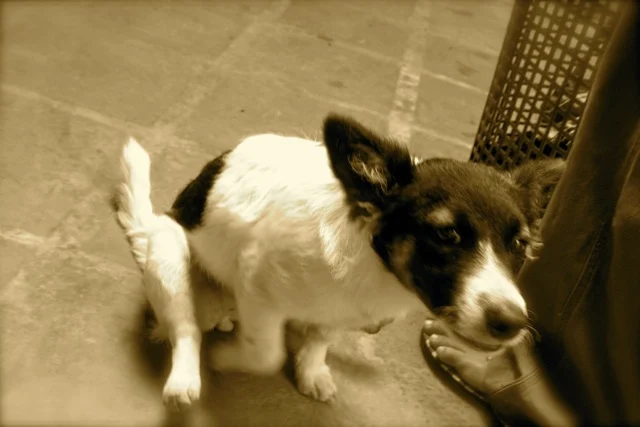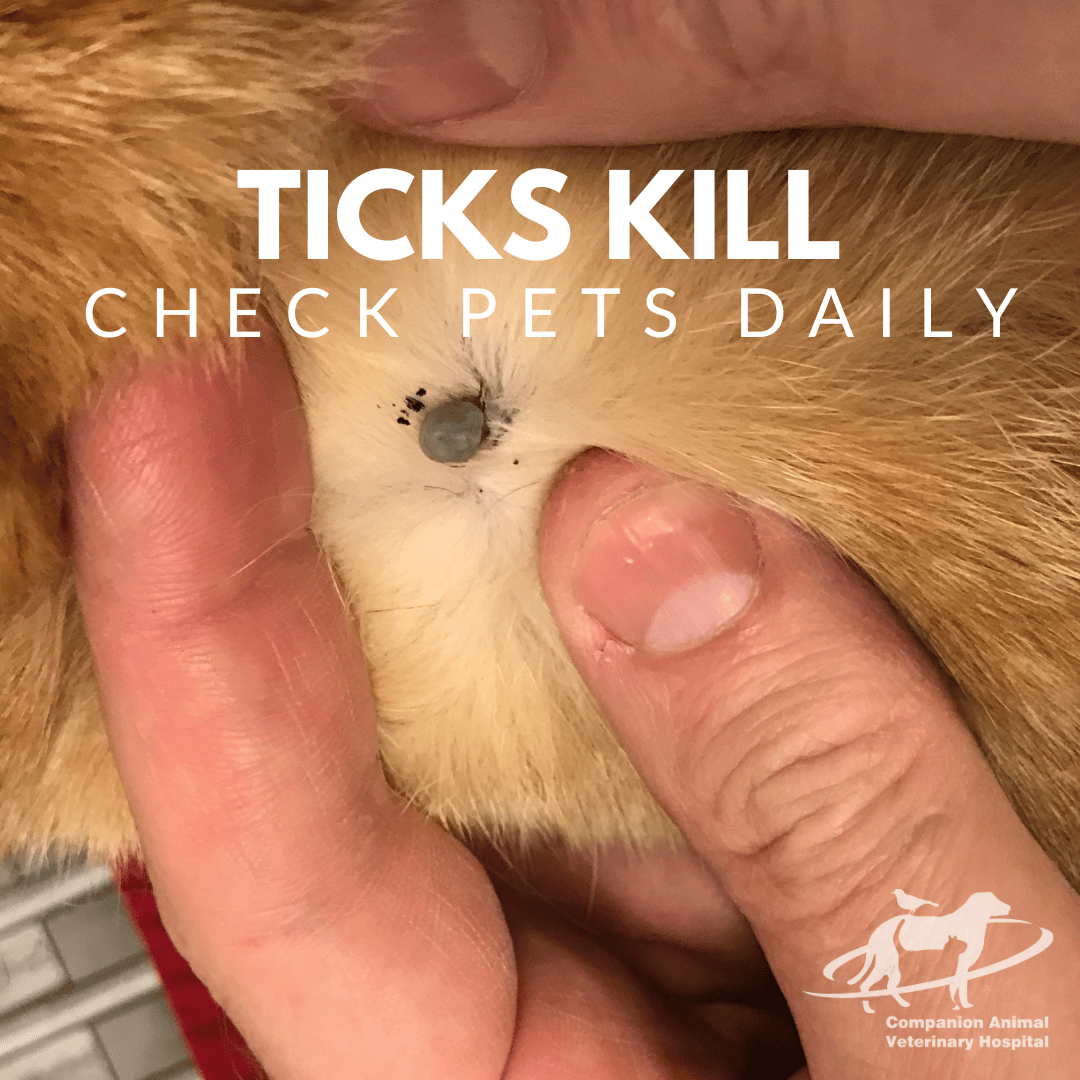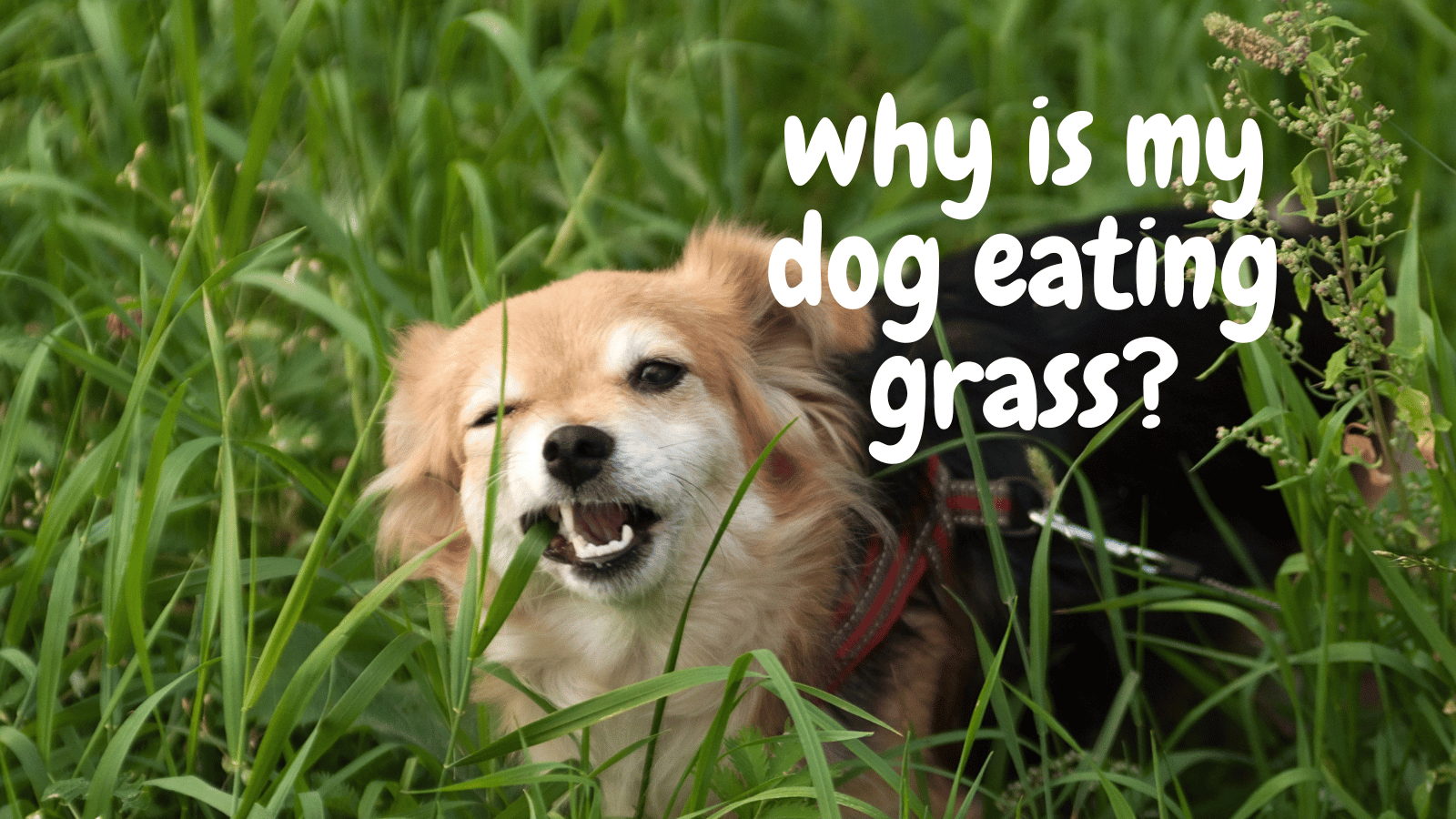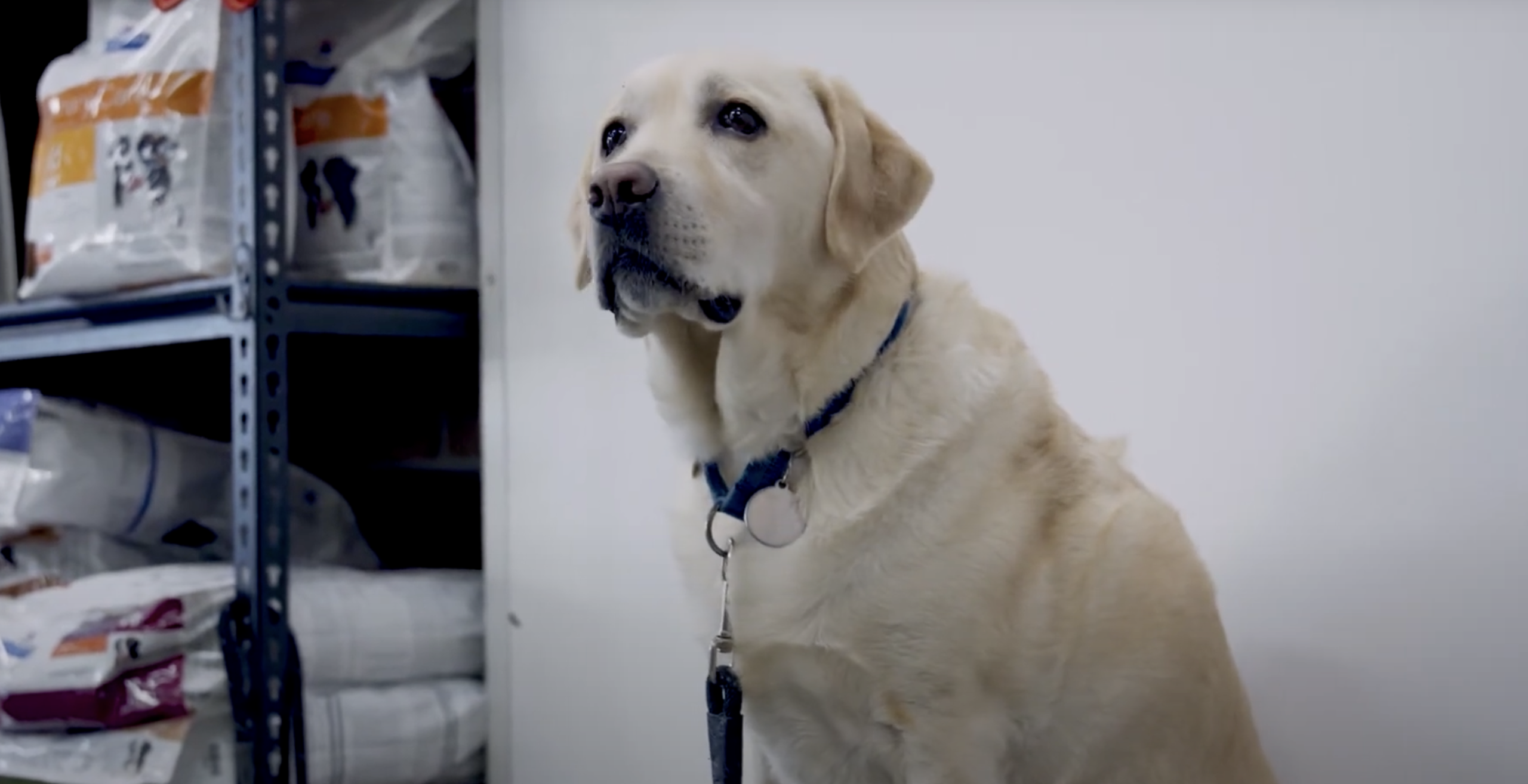Scooting
Scooting is what we call it when dogs drag their bottoms along the ground. They usually tuck their tail right underneath them, hunch over and pull themselves along with their front legs. Some dogs will do it with the tail trailing out behind them instead.
The causes
There are 3 main causes of scooting:
- Blocked anal sacs (anal gland problems)
- Tapeworm infestation
- Itching due to fleas or allergies
What are the anal sacs?
The anal glands produce a really stinky fluid that builds up in the anal sacs. They are a storage sac that sits on either side of the anus. This stinky fluid is the scent that dogs are smelling when they sniff each other’s bums. It’s actually similar to the stink that skunks spray at their enemies when threatened- yuk!
There is a small duct that runs from the anal sac and discharges to the skin near the anus.
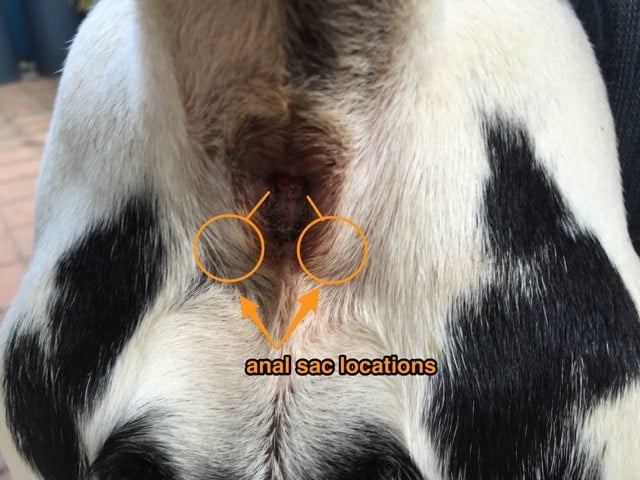
Blocked anal glands
The material in the anal sacs is normally liquid but sometimes it becomes chunky. These chunks get stuck in the duct and then pressure builds up behind it. The dog feels uncomfortable and then tries to scoot to relieve the pressure. If the anal glands are blocked like this we need to empty them out. This is a common condition and some dogs constantly get issues with their anal glands and need to have them emptied on a regular basis.
In some repeated cases surgically removing the anal sacs may be an option.
It’s only 15.00 to come in and have your dog’s anal glands done.
Could my dog have worms?
Scooting can be a sign of worms and that your dog needs worming. There is a type of tapeworm which is spread via fleas that can cause dogs to scoot. The dog eats a flea with the tapeworm stage inside it. The tapeworm then grows in the dogs gut and eventually segments of the tapeworm beak off and crawl out of the dogs anus onto the skin around it and cause irritation. This is what makes the dogs scoot.
These tapeworms can sometimes be seen on the stools and look like maggots crawling around.
Treating tapeworm
It’s important to use a wormer containing praziquantel as one the ingredients. It’s also essential to get the fleas under control as well.
This tapeworm has a very short lifecycle and your dog can be reinfested with the tapeworm in a couple of weeks.
You may need to repeat the worming several times until you get your fleas under control.
